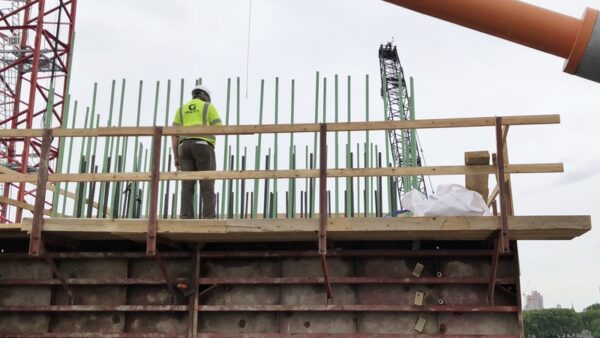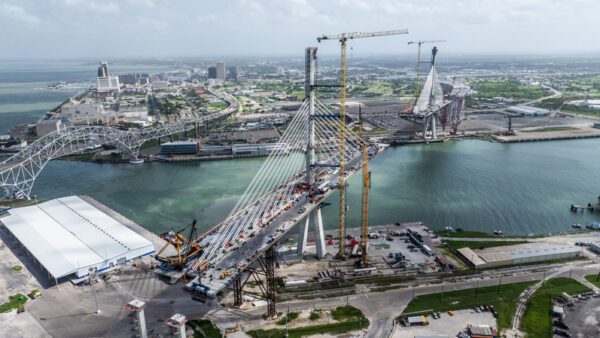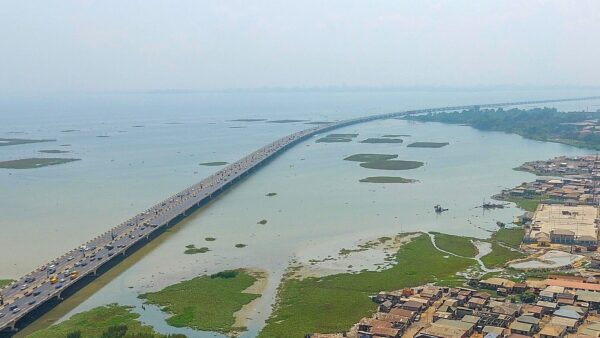A feasibility study on an undersea rail link between Finland and Estonia has concluded that the project would cost between €13bn and €20bn – considerably more than preliminary cost estimates – and would take around 15 years to become operational.
However, it also says the economic benefits of linking the two countries by rail would justify its construction, assuming the EU pays about 40% of the cost.
Estonian Prime Minister Juri Ratas said in Tallinn yesterday that the tunnel would improve productivity in Finland and Estonia, and Jan Vapaavuori, the mayor of Helsinki, told newspaper Helsingin Sanomat that he used to consider the tunnel as a “mad dream”, but now he considered it “a dream”.
The study considered three main tunnels, two with a diameter of 10m to carry the standard-gauge rail link and a third 8m service tunnel running between them with periodic cross links.
The service tunnel would be constructed first and would be used to gauge the geological conditions for the main bores. Funded by a €1m grant from the EU, the report envisages splitting the project into six sections, each of which would have its own tunnel boring machine, and would proceed in parallel.
Other major works would include the construction of terminals in Helsinki and Tallinn, and the creation of two artificial islands in the Gulf of Finland. These would be built with some 23 million cubic metres of spoil excavated from the three tunnels, and would function as base camps for the main works.
The authors of the report comment that the wide range of possible prices reflects the lack of available information. The cost envisages €2bn for the city centre terminals, €12bn for the construction costs and €2bn for management costs. The construction element would be about the same as the Channel Tunnel between the UK and France, despite being twice as long.
The report concluded that there was a strong economic case for the tunnel. At present, 97% of the 9 million journeys between Tallinn and Estonia are made by ferry, with only 3% by air. The report concluded that the number of journey may rise to 23 million if the link were built, but only 14 million if it were not.
Although the economic case for the tunnel would be doubtful if based on commuter volumes alone, the report stresses the wider economic benefits that would accrue to the Estonian and Finnish economies by joining the two countries’ labour markets and by “agglomeration effects” such as uplifts in property value. However, the report also acknowledges that there is a lack of international evidence on which to base long-term economic projections.
The report does make a comparison with the effect of the Øresund Bridge between Denmark and Sweden (pictured), which it says led to a “deep structural change of the economy and growth of population” in Malmo.
- The report can be downloaded here.
Image: The tunnel is expected to replicate the benefits of the Øresund Bridge between Denmark and Sweden (Creative Commons)
Further reading:






